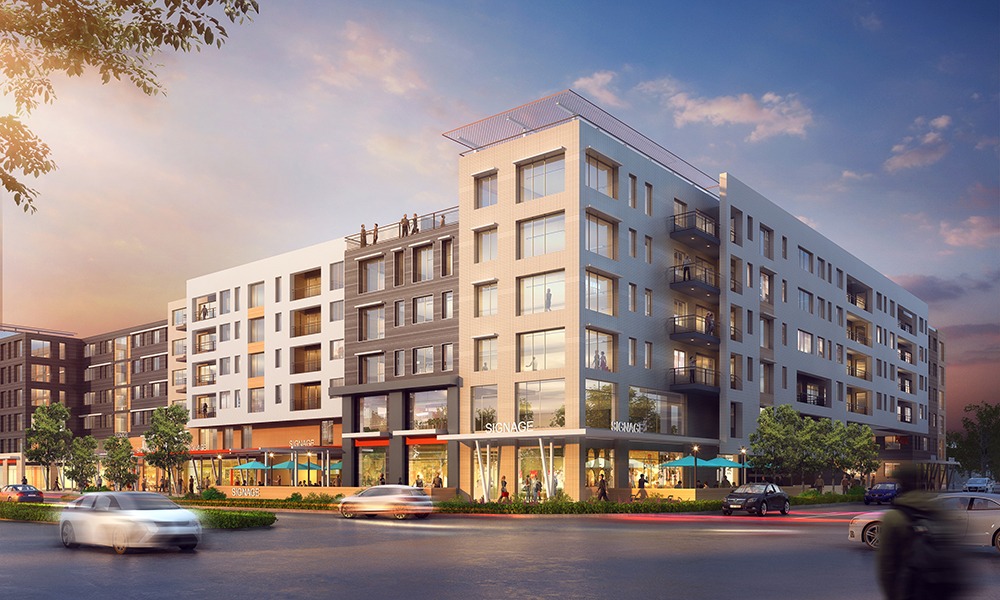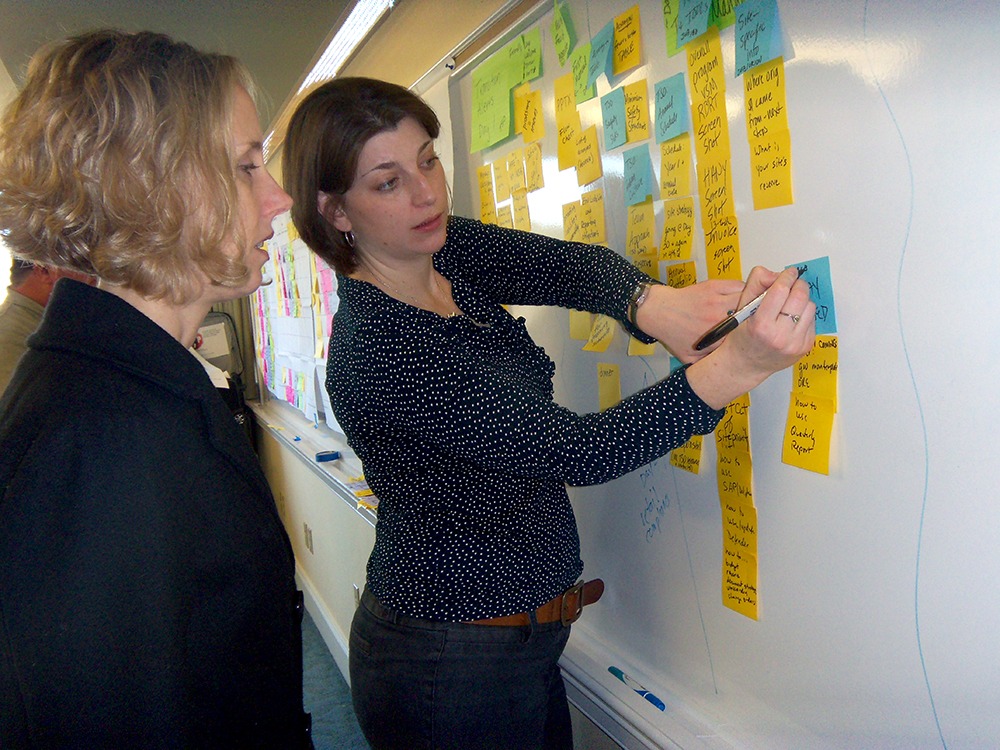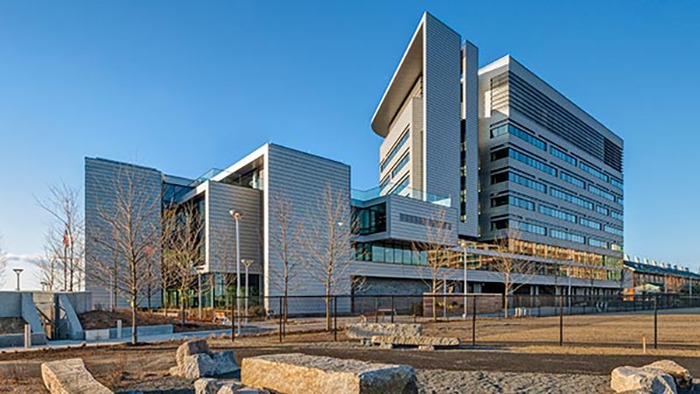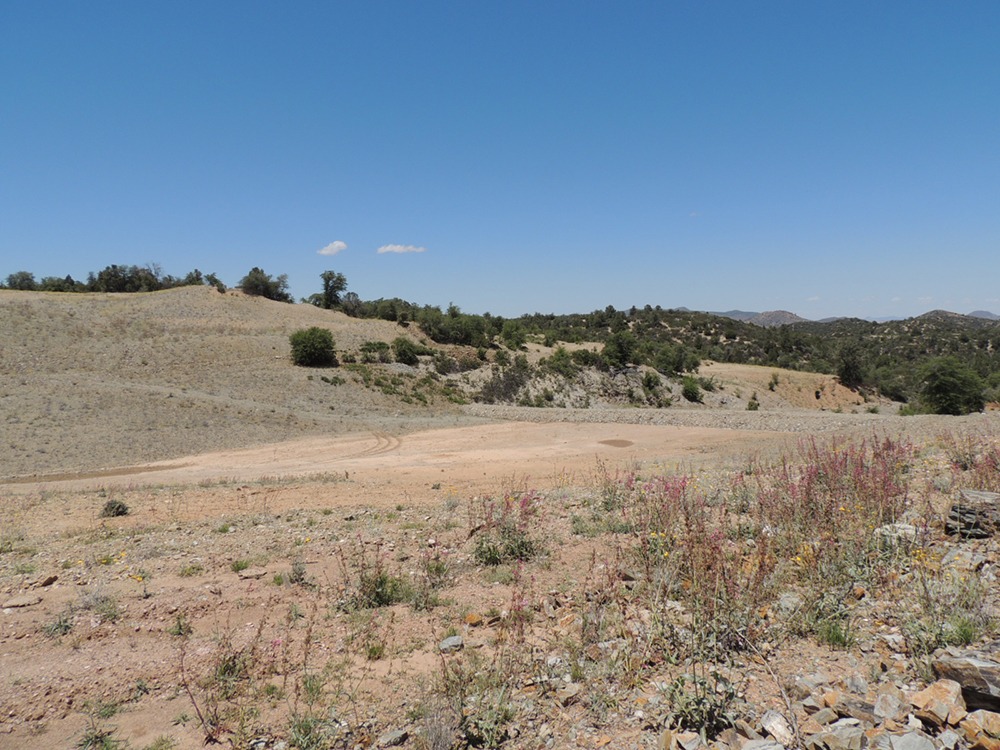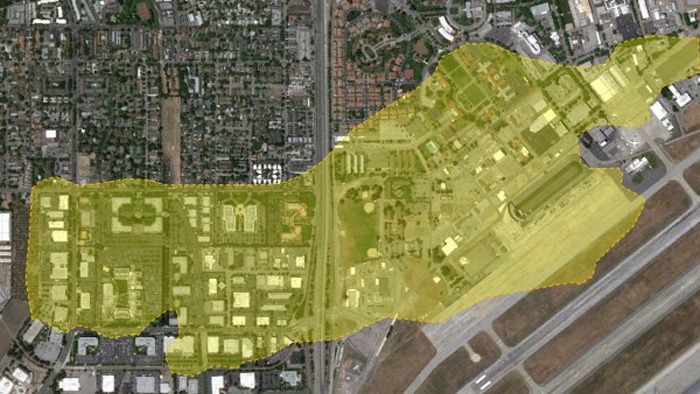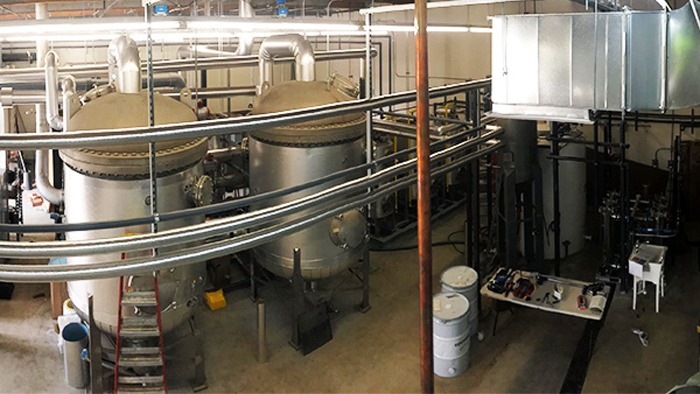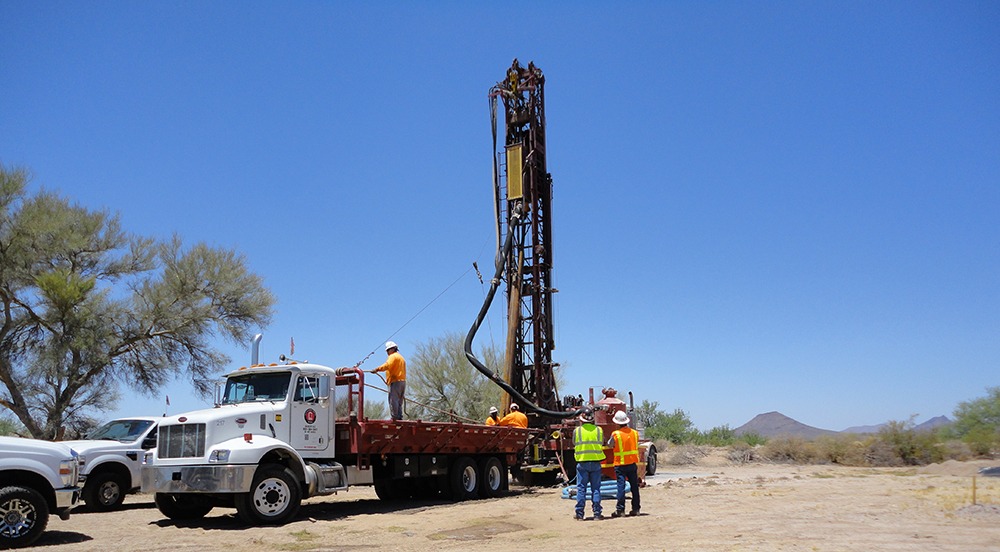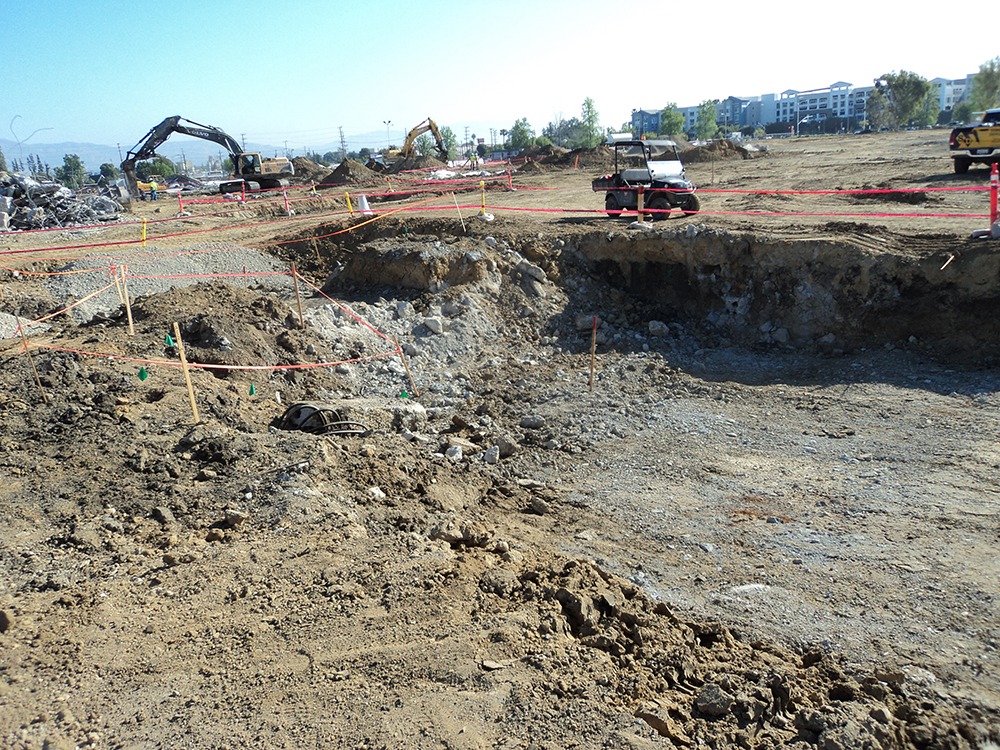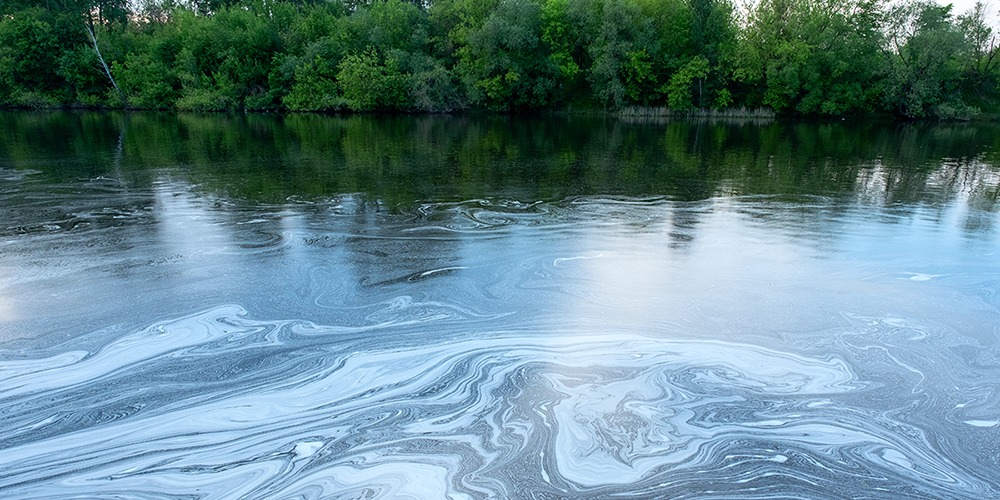
Environmental trusts
Our cost allocation model saves millions and heads off legal battles in canal cleanup
20 potentially responsible parties
involved in cleanup
$90 million
approx. design costs that we helped allocate
Summary
- Haley & Aldrich was hired to develop an evidence-based way to determine how to allocate millions in costs related to remediating a canal in a major U.S. city.
- We heard evidence from each of the potentially responsible parties’ lawyers and scientists and condensed large amounts of data related to pollution at the site, maintaining neutrality as each party fought for its own interests.
- We then developed an allocation model by applying an innovative five-step framework that quantitatively linked facilities, and, therefore, responsible parties, to contamination in the canal.
- Our work headed off costly, time-consuming legal disputes between the parties and contributed to the revival of the neighborhood around the canal — once one of the country’s most polluted waterways.
Client challenge
Industrial uses and sewage dating back almost to its creation in the mid-19th century left a canal in a major city among the United States’ most polluted waterways. Repeated calls from the community to clean up the canal had fallen on deaf ears and tight pocketbooks. What efforts had been undertaken confirmed what most suspected. Not only was the canal laden with raw sewage, oil, sludge, and harmful pathogens, but oxygen was nearly absent from the water, making it inhospitable to aquatic life. Eventually, the U.S. Environmental Protection Agency (EPA) listed the site on the National Priorities List and with it, 20 potentially responsible parties (PRPs).
With the cleanup projected to cost over $1 billion, rather than wasting millions of dollars more on legal battles, the responsible parties hired an independent attorney to allocate costs. This attorney brought in Haley & Aldrich to build a one-of-a-kind, evidence-based allocation model to determine shares of the remedial design costs for the 1.8-mile-long Superfund site.
Our approach
Our team began the challenge by hearing evidence from each party’s environmental attorneys and scientists. We also completed the daunting task of condensing analytical and forensic data provided by the PRPs for the wide variety of facilities — including manufactured gas plants, combined sewage outflows, and more.
We then developed a multistep allocation model by applying an innovative five-step framework that accounted for CERCLA classification, contaminant contributions that drove the remedial design, forensic evidence, and each facility’s operations and history. Each of these steps created lines of evidence quantitatively linking facilities, and therefore, responsible parties, to contamination in the canal.
For instance, coal tar in the sediment could be attributed to one major party. As such, that party would foot the bill for that portion of the cleanup. In contrast, multiple parties had contributed to the canal’s metals and polychlorinated biphenyls (PCBs) contamination, and each would proportionally share the dredging design costs.
From our model, we generated the portion of the design for cleanup to each PRP as a percentage, which we then applied to costs for the remedial design. Several of the stakeholders commented that our model fairly allocated costs to the remedial design.
Value delivered
- Prevented drawn-out legal disputes that could have cost responsible parties tens of millions of dollars and delay further action
- Maintained neutrality throughout the allocation endeavor — no easy task when each PRP was vying for their own interests
- Contributed to cleanup efforts that led to the canal neighborhood’s recent renaissance
For more information, contact:

Principal Consultant, Hydrogeology


